Alright, friends, here’s the scoop. When I’m bored, I impulse buy things I have no reason to buy. I first started getting into photography because of my dad and he shot with a Nikon, so I’ve been a Nikon girl since I was in grade school. Twenty years later, I decided to take my photography seriously and bought a Nikon D750 at the end of January 2020. I love my D750. It’s a great camera, even today. For some reason, I fell behind the times and didn’t feel the allure of jumping on board the mirrorless train. So, I bought the D750 and have gotten great images with it throughout this year. Every image in my portfolio was taken with the D750 and I am very happy with the results I’ve gotten. That being said, I still felt like I was missing something so I continued to research diligently and now, here we are.
I will preface this review by saying that I’m really not the most technical photographer out there. Everything I’ve learned, I’ve learned on my own through reading or YouTube videos. I don’t know everything. I don’t know all the correct photography terms, I don’t know camera specs in and out, and I mainly just shoot and learn intuitively. I Google concepts and terminology I’m not familiar with and pick up things as I go. I never studied photography formally and I’m all self-taught. So, if you feel like I’m not a very knowledgeable person, your assessment would be correct! With that said, take this review with a grain of salt because it’s true that I simply haven’t mastered the gear or the craft. But I still want to share my experience with both of these cameras as someone who isn’t super savvy and is still learning.
I bought the Sony a7iii gently used with a very low shutter count, less than 5,000, if I remember correctly. I decided to shoot with the Nikon and Sony side-by-side while my husband and I took our two Golden Retrievers for their daily romp at an off-leash dog park. This “test” was not professional at all. In fact, I’d say the images I got were pretty bad. I shot at around 1 PM and it was a very clear day, so the light was harsh but I wanted to see how the two cameras would perform side-by-side in really ugly lighting while taking point-and-shoot style pictures (but not actually point-and-shoot because I did shoot in Manual mode).
Gear and Settings
I used a Sigma 35mm f/1.4 Art lens with both bodies, one for the Nikon F mount and the other for the Sony E mount. Due to this shoot happening while I was walking my dogs (who are fast and move constantly) and it was the middle of a super bright day, my shutter speed was set to stinkin’ fast. I set both bodies to 1/4000 s, which is the fastest that Nikon goes (while Sony can go up to 1/8000 s). Shooting at 1/4000 s is unnecessarily fast but I also wanted to push my ISO a bit and see what the images look like with higher ISO. I’ll likely do more side-by-side shooting with both of these cameras with lower ISO and slower shutter speeds when I’m not trying to herd my dogs. I also set both cameras to Auto White Balance.
Focus Mode
I tried to use comparable focus modes. For the Sony, I set it to AF-C and Expanded Flexible Spot. The Nikon was set to AF-C and focus area was d9. On the Nikon D750, I use back-button focusing in AF-C mode all the time. When I’m shooting portraits of people, I usually use Single Point AF so I can try to get the eyes in focus. For my pets, though, they move very quickly and I like to use the d9 focus area. “D” refers to Dynamic AF and 9 means it uses 9 focus points, with the center point taking priority. If for some reason dead center can’t be in focus, then the camera will fall back to one of the other 8 focus points that surround the center point.
I decided against using Sony’s Subject Tracking AF mode and Nikon’s 3D AF tracking because I honestly feel like it wouldn’t be a fair fight. Remember, the Nikon D750 was released back in 2014 and the Sony a7iii was released in 2018. We know that subject tracking on the Sony a7iii is sick. Nikon’s 3D tracking is good but it’s not always reliable and it’s older technology. Additionally, I don’t like to use 3D AF mode on the Nikon for my pets because it tends to track the closest subject to the camera and a lot of times, it ends up focusing on my dog’s nose instead of his eyes. There are ways to fight the quirks of the D750 to get focus dead on but when it comes down to it, in 2020, should we have to fight so hard to get shots in focus every time? I tried to be as fair as possible but I’m going to be real here: mirrorless focusing beats DSLR focusing every time. It’s so easy and dead-on with such a high hit rate that it’s practically cheating. Mirrorless vs. DSLR isn’t even really a fair comparison but at this point, I’ve written 6 paragraphs for this blog post and I can’t quit now.
Test Images
I’m sharing both straight out of camera (SOOC) and edited images. Sony has been notorious for their colors looking unpleasing to many people. Lots of people have said they don’t like the way Sony interprets colors and they then have to spend more time trying to fix the colors during the editing process. I love Nikon colors so I wanted to see for myself how different the two are and how Sony affects my editing workflow, if at all. Based on some quick research, it does seem like Sony’s poor color science was an issue in the past and Sony has since updated their color profiles and improved a lot. Yellows and greens used to look very neon and skin tones looked sickly, with a greenish/yellow cast to them. I didn’t notice this with my Sony images. Granted, I do need to shoot with it more and in more flattering situations, across a variety of skin tones, but based on my quick shoot yesterday, the colors don’t have me running back to my D750 anytime soon.
For my edits, I used the Fuji 400H preset from Mastin Labs’ Fujicolor Original pack (this is NOT an affiliate link, I’m just linking it because I love the Mastin presets). I’m typically a light and airy editor, so I use the Fuji Original and Fuji Pushed packs the most out of the 5 packs I own. I love the Mastin film presets. I’ve used many different presets and wasted a ton of money before I found Mastin. Mastin is, by far, my favorite to use. I tried to keep the edit adjustments the exact same as much as possible, but there were a couple shots that needed different exposure adjustments in order for them to look alike. Despite shooting with the same exact settings, it does seem like Sony RAW files handle these Mastin presets different than Nikon RAW files. It’s not necessarily good or bad, just different and it will take some adjustment on my part.
For these SOOC leaf images above, you can see that Sony pulls a little more green while Nikon pulls more magenta. Neither image looks bad to me, in terms of color. Unfortunately, the D750 did miss focus, which is disappointing. I was standing still, the leaf wasn’t blowing around, and yet the D750 missed center focus and focused just around the center. The Sony hit dead center and it’s nice and sharp, even at f/1.4.
The edited versions below are very similar. The adjustments were the same via copy/paste in Lightroom. I think the only difference is that the Nikon image is slightly more exposed than the Sony, despite the exposure adjustment being the same. You could argue that the Nikon pulls slightly more yellow, but that could very well just be the lower exposure on the Sony tricking your eyes and hiding that warmth. Both of these edits were quick and simple.
I’m going to apologize to my husband in advance. These are not flattering pictures of him. He does not enjoy being my model. He is 6 feet tall, I am 5 feet tall, and I didn’t have my step stool that I usually use for sessions with clients. I’m sorry, my love. Thank you for being my unwilling model anyway and tolerating my shopping problem. <3
Below, I used Eye AF with the Sony while Nikon was still on d9 AF. I’m not sure if it had to do with the angle, the lighting, where I was standing, or a number of different factors that I can’t think of but the Sony actually had trouble with Eye AF when my husband had his glasses on. I ended up asking him to take them off. In this lighting situation, for this shot, the Nikon looks less underexposed than the Sony.
In the edited versions above, the mulch, tree, and sky color look incredibly similar. The Nikon seems to pull out more pink/red tones in the skin and almost fluorescent blues in his grey shirt, while the Sony keeps the shirt pretty muted overall, as well as his skin. I prefer the skin in the Sony image. I’d be working more in post to remove those pink/red tones in the Nikon image.
Below, I adjusted the aperture to f/1.4 to increase the exposure a little bit. In this instance, the Nikon completely missed focus. His ears are in focus instead of his eyes. To me, this is unacceptable. Neither of us were moving and Nikon still missed. Sony’s Eye AF locked on perfectly and his eyes are nice and sharp at f/1.4. This image is a good example of the heavy vignetting you get with the Sigma F mount compared to the E mount but vignetting is not something that bothers me too much. I fix it in post with lens correction and go about my day.
In the images below, focus was perfect for both the Sony and Nikon but you can see how vastly different the color is. The Sony is very cool and magenta while the Nikon is quite warm. Neither image looks appealing to me. In real life, the colors fall somewhere in between these two pictures.
Oddly enough, though, when the photos are edited, the skin tones pull the opposite way (and no, I didn’t switch the images on accident – I checked). The Nikon keeps those red/pink tones once again and the Sony has a more even, muted, slightly yellow tone to it. I prefer the skin tone in the Sony image but I do really love the brighter greens and shadows in the background of the Nikon image.
Below, my husband moved his head and it’s possible that affected the exposure but you can see that again, the D750 looks a little brighter. I stopped down to f/5.6 and you can see how sharp both images are at this sweet spot, at the eyes and over the rest of face. You can even see the peach fuzz on my husband’s forehead. The Sony image almost looks too sharp and hyperrealistic while the Nikon renders the skin very smoothly and looks a bit more pleasing.
The edited versions below look very similar. Again, Nikon looks a tad more magenta than Sony but not by much.
In these photos of my dog, Chicken, you can see that the Nikon image looks a bit brighter again but in this instance, it didn’t actually help the image. I think it made it worse because the highlights in Chicken’s blonde fur look blown out, while the Sony preserved those highlights well. The colors aren’t drastically different in this shot. I think the Nikon is a tad warmer. At f/1.4 and a bit of a distance away, the Sony was nice and sharp on the corner of Chicken’s eye and side of his face while the Nikon was very soft and missed focus. I looks like the grass above his back is in focus but it’s hard to tell because everything looks soft and the highlights look a little blown out. I’m not happy with the Nikon image.
These edited blackberry pictures are virtually the same in terms of color. In the bottom left corner, it looks like the shadows are brighter in the Nikon image again but other than that, those two photos look almost identical to me. The Sony image pulls the teeniest bit magenta while the Nikon is slightly more green. This can absolutely be equalized by adjusting tint for both images. The problem, though, is that, again, the Nikon missed focus. The Sony was spot on with the focus on the red berry in the very middle while the Nikon focused right on the stem of that berry instead.
Below, you’ll find a picture dump of Sony vs. Nikon images with Sony on the left and Nikon on the right. All of these images were in focus so I’m putting them up for you to compare the colors, both SOOC and edited with the same exact adjustments. Everything was shot at 1/4000 s and f/1.4 but ISO was either 100 or 1250, depending on the lighting situation.
In every image, Sony colors SOOC were cooler and more magenta tinted, while Nikon was a little warmer. In the case of the wood fence railing photo, that was the one instance where the Nikon image looked cooler than the Sony image and didn’t appear brighter or better exposed. I did notice that the Nikon RAW adjusted much more when increasing the exposure than the Sony RAW. I’m sure there’s some scientific/mathematic reason for this but I’m not expert so I don’t know why. The last set of images shows another drastic color difference. Much like the one of my husband holding the blackberry, the Sony image is very cool and magenta while the Nikon is very warm. But overall, all of these images edited easily and the end result was very similar between the Nikon and Sony in terms of the final colors.
There does seem to be a phenomenon that the RAW files adjust differently in post. For example, the shadows don’t lift quite as much in the Sony RAWs than they do in the Nikon RAWs. In theory, I could imagine this being a problem as a light and airy editor if I still felt like my Sony files were too dark after making adjustments. For example, if I needed to keep my exposure at a certain value and I moved the Shadow slider all the way to +100 but the images were still dark, I’d have to find a way to lift those shadows more, making more work for myself. Realistically, though, I don’t see this being a big issue. I typically try to get my exposure right in camera (Mastin presets work the best this way) and I don’t anticipate having a problem with shadows or dark images with the Sony once I get used to shooting with it.
Final Thoughts
I’m still going to play around with both cameras but ultimately, I do think I’m going to switch to Sony and say goodbye to my D750. Don’t get me wrong, the D750 is an awesome, full-frame DSLR that gives you stunning results. Nikon colors are lovely, warm, and inviting. But based on my test shoot above, Sony colors aren’t so different that they’re a dealbreaker and they’re not as bad as they were in the past. The colors of the final edits are incredibly similar to each other with no extra effort on my part.
As a portrait photographer and someone who obsessively takes pictures of her pets, the Eye AF is an absolute game changer. Trying to get a DSLR to obtain dead-on focus on someone’s face and eyes every time while they’re moving is just not comparable to a mirrorless body. Sony’s ability to track your subject’s face and eyes and its hit rate of in-focus shots is very impressive. And while it’s easy to nail focus on an adult or teenager who can follow directions, it’s not as easy when trying to photograph toddlers or pets. There’s a really great feeling knowing that you can nail your focus almost every time in almost every situation with a mirrorless camera unlike a DSLR. Not only that, but I can shoot wide open at f/1.4 and nail focus almost every time. I personally love shooting wide open when taking portraits because of that beautiful shallow depth of field and creamy bokeh. Stopping down allows more of your subject to be in focus but you end up losing that dreamy feel. With the a7iii, I don’t have to give up shooting at f/1.4 just to have a safety net in case the eyes aren’t perfectly in focus.
Now, you’ll say, “But Caitlyn, what about Nikon mirrorless? You don’t have to give up your Nikon glass or Nikon colors and you get better autofocus than your DSLR!” This is true. But for a while there, Nikon’s AF system for their mirrorless cameras did not come close to Sony’s AF. There was a new firmware update released for Nikon recently that people have said vastly improves the AF system and makes it good enough for most people’s needs and almost as good as Sony’s. Maybe this is me being a snob, but I don’t want “good enough” or “almost as good.” I want the best (for my budget)! Currently being invested in a ton of Nikon glass is a huge reason for people to stay with Nikon instead of switching systems but I’m not in that situation. I have 3 Nikon lenses, that’s it. Even with the new Z5 camera that Nikon announced, I’m not excited by the products that Nikon releases anymore. It feels like Nikon held out for so long on moving to mirrorless that they seem like dinosaurs now. I wish they would’ve starting transitioning sooner because I do love Nikon colors and they’ve been a powerhouse in the industry for decades. Nikon makes beautiful lenses as well. Nikon is definitely trying to catch up now and their lens roadmap for the mirrorless bodies looks very promising. But when it comes down to it, I don’t see a point in waiting for Nikon to catch up when Sony is already here, has been here for a while, and continues to move forward.
The a7iii has everything I want – fantastic AF system and subject tracking with human and pet eye AF, a light camera body, dual card slots, and tons of options for lenses. The menu system is, admittedly, pure garbage but after spending time customizing all of the buttons, I won’t need to go into the menu for much ever again. From what I hear, new Sony cameras will have updated menu systems and I’m interested to see how they improve them. I’ll likely sell my D750 and two of my lenses but keep my favorite one for my Nikon F100 film body. I’ll complete my transition to Sony when I acquire more E mount lenses since I only have the Sigma 35mm. Until then, I’ll continue to play with both of these great cameras and say goodbye to my Nikon gear in the near future.
xoxo,
Caitlyn


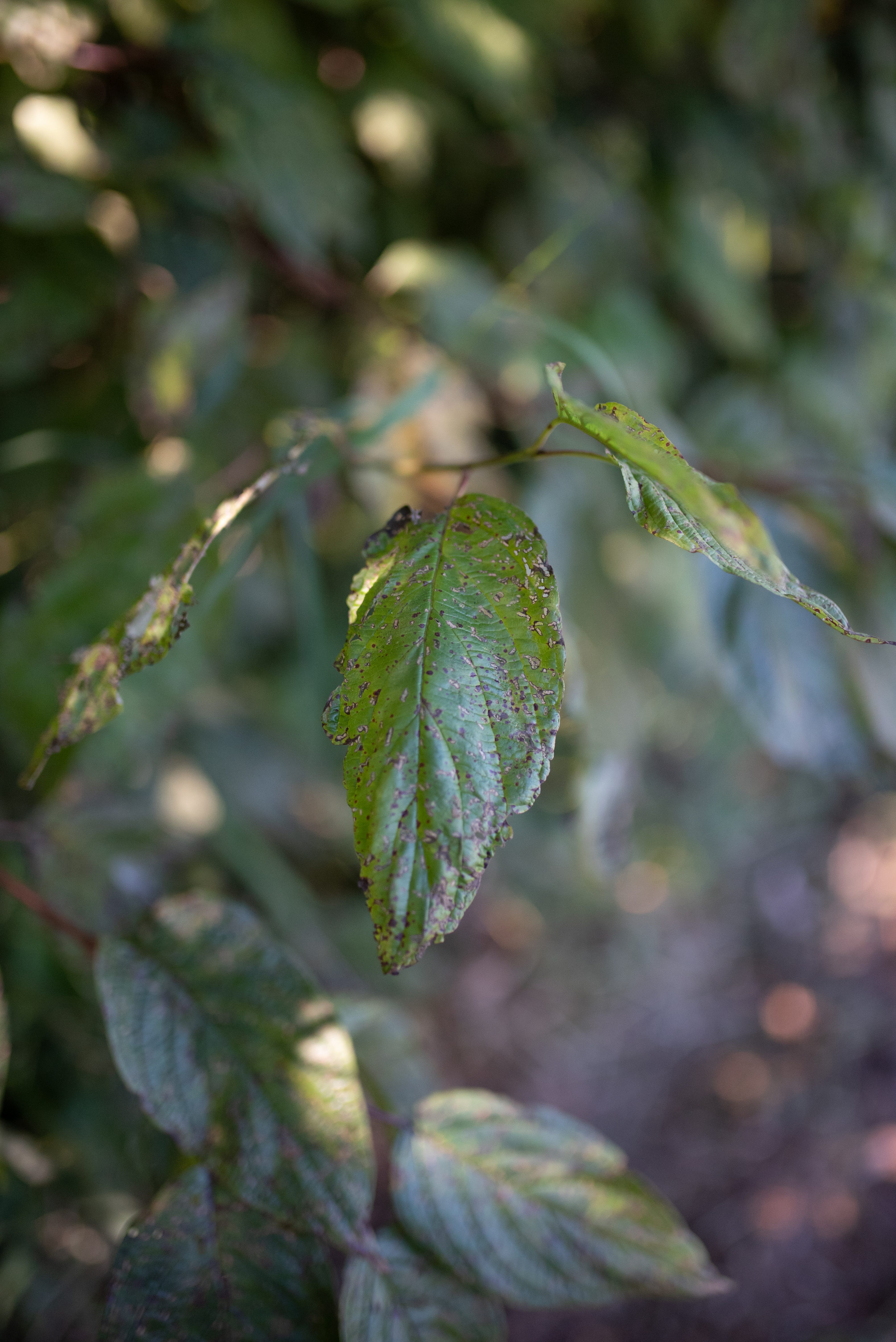

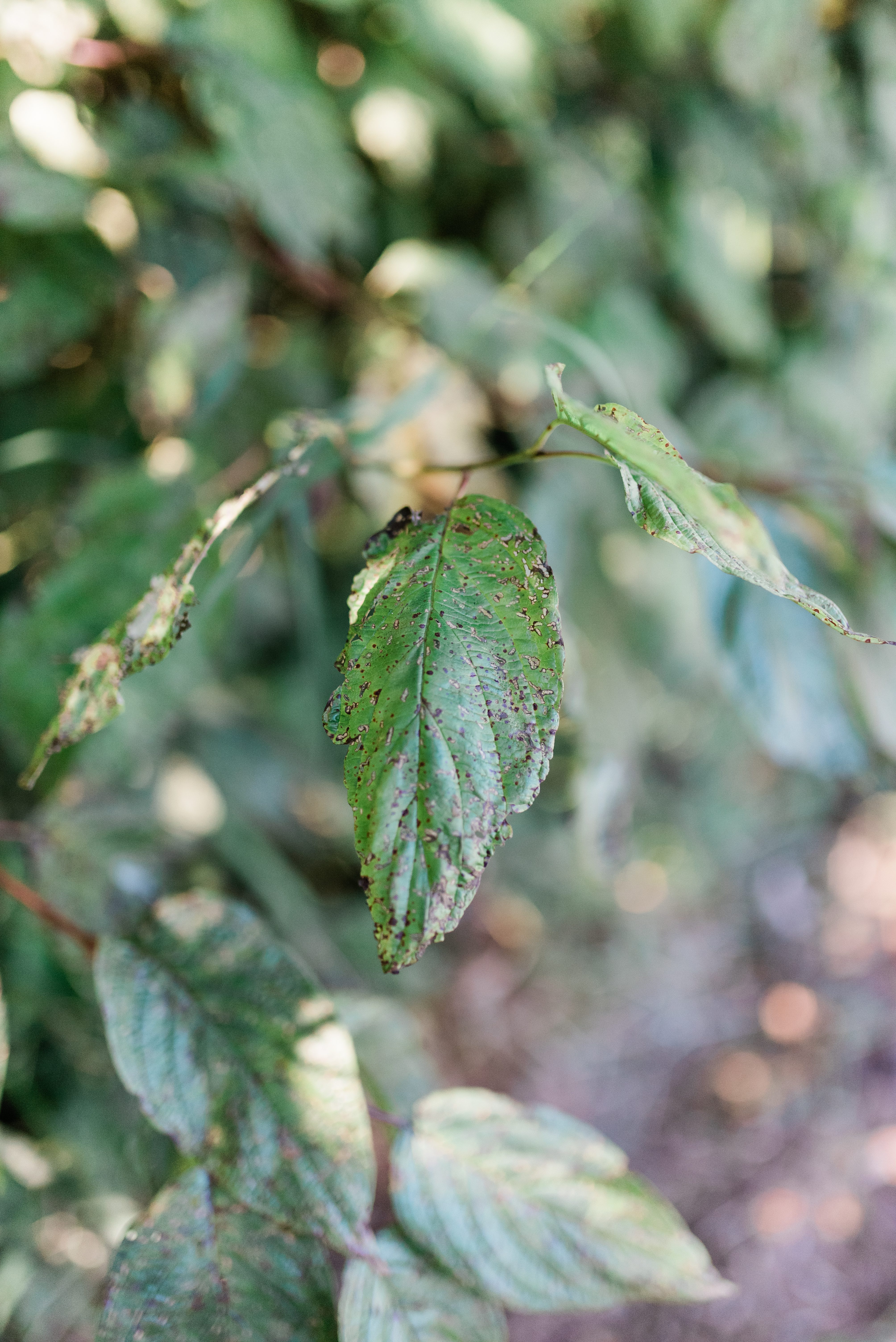









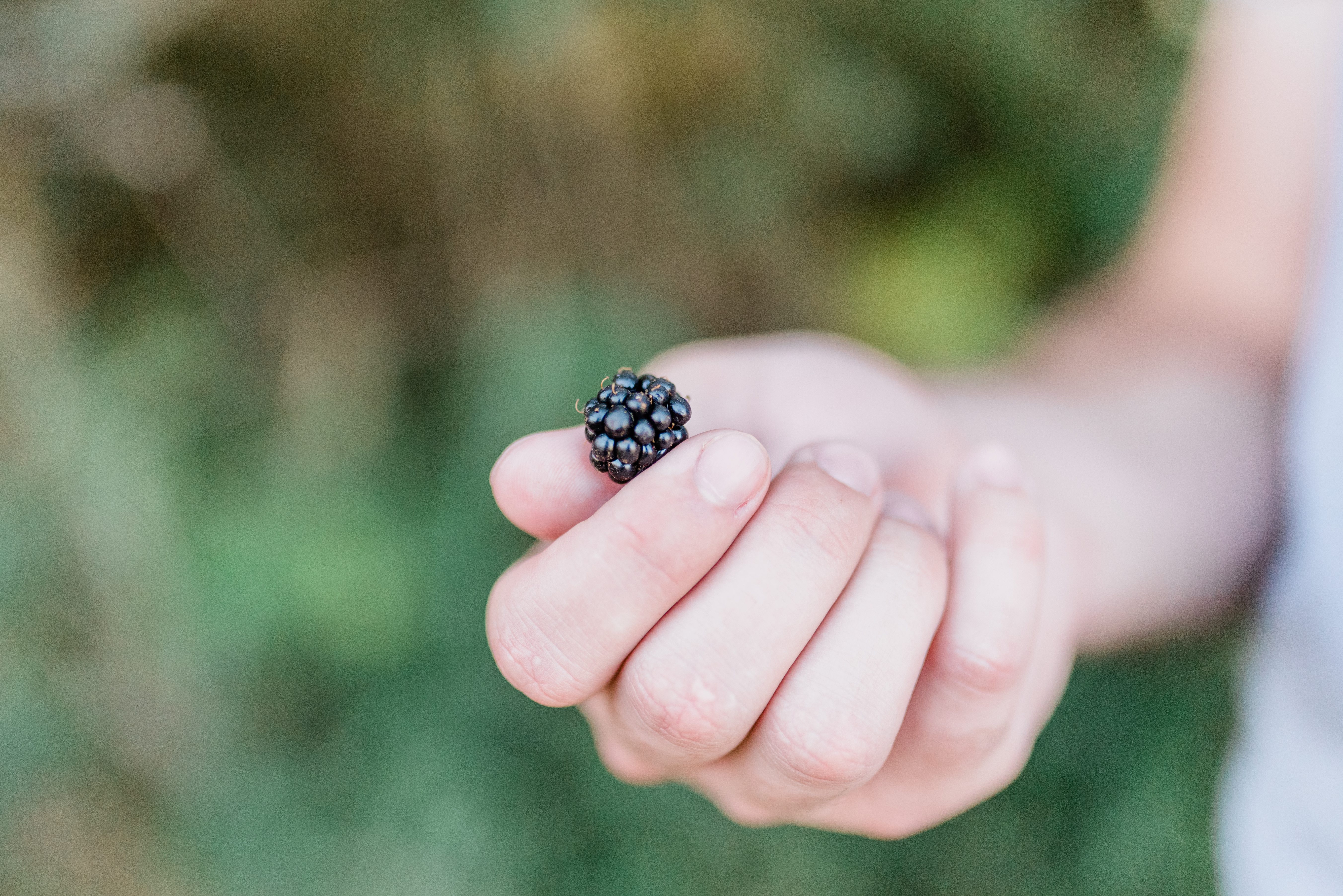








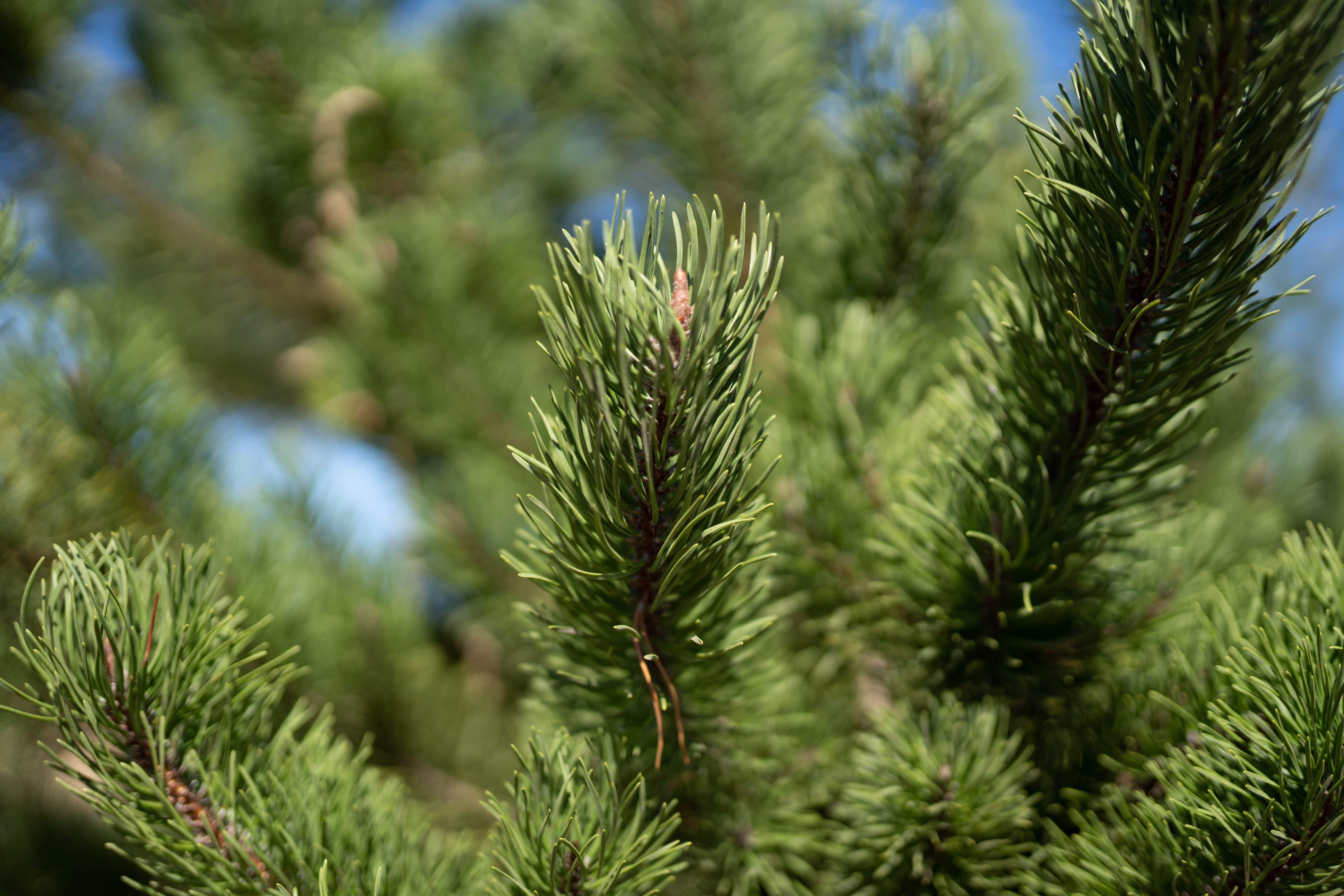








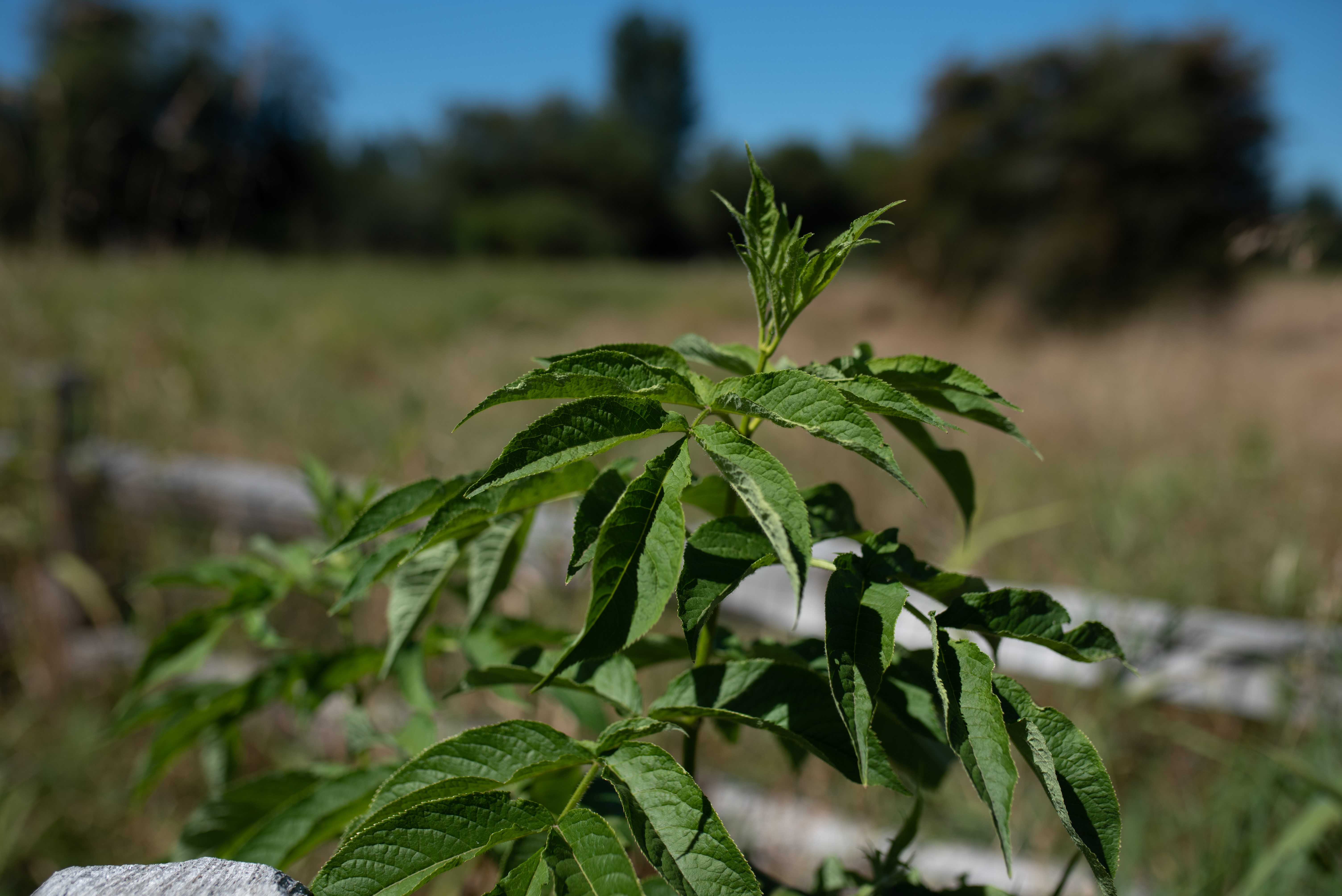





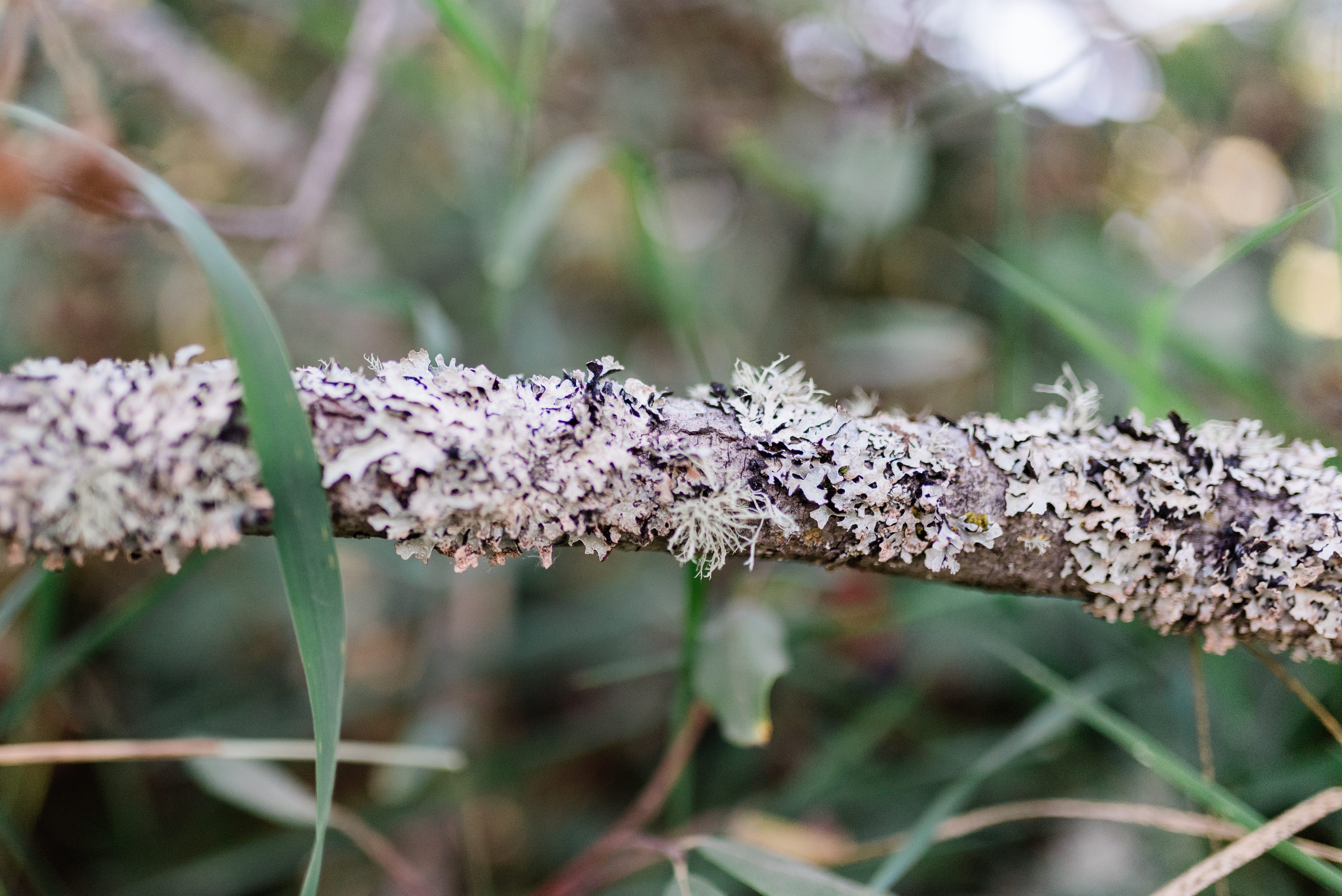
Thanks for this review! Did you move full time to Sony? And did you set the White Balance to a particular colour temperature or keep on auto? I am thinking of replacing my D750 with a Sony a7iii so this was a good insight 🙂